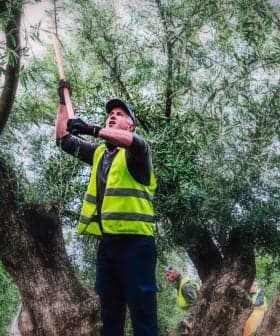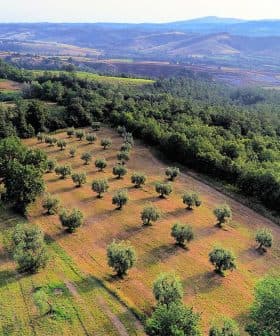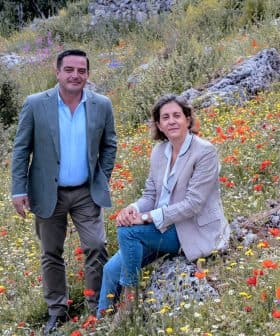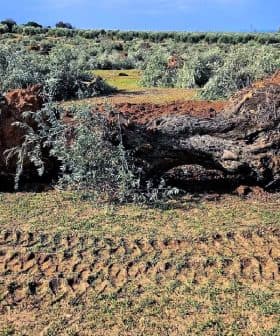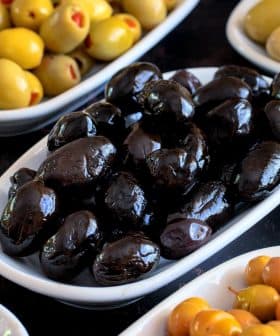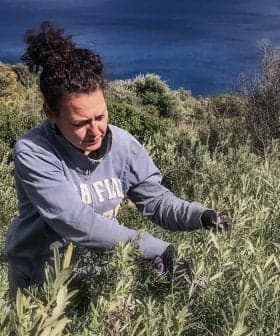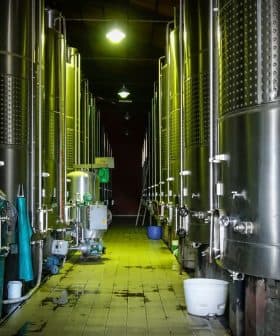 6.2K reads
6.2K readsNews Briefs
Nurseries in Spain Are Running Low on Olive Tree Seedlings
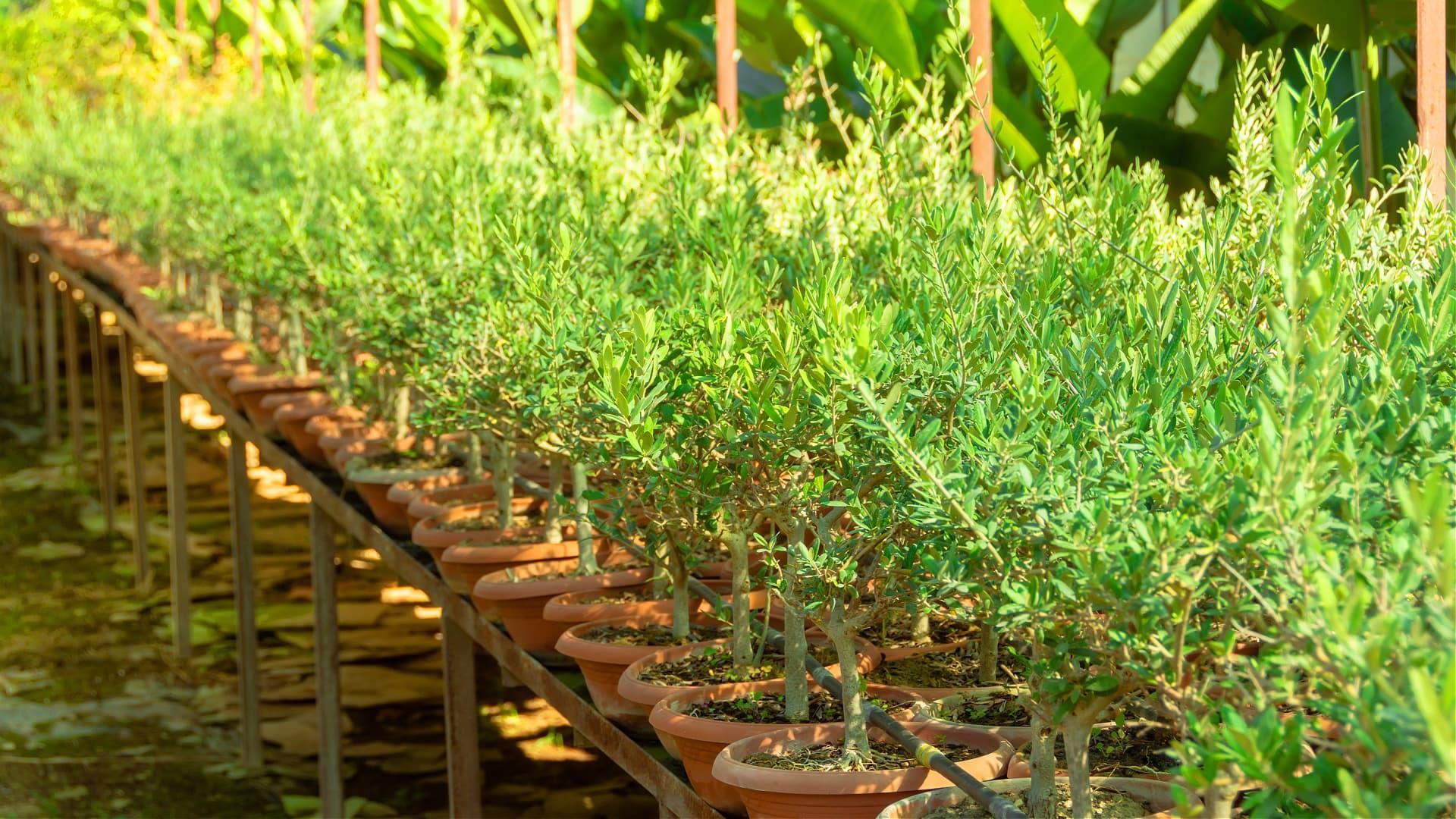
Spain’s olive cultivation area increased by 0.73% in 2023, but nurseries in Andalusia are struggling to meet demand for new olive tree seedlings due to high olive oil prices and interest from investors. The shift towards high-density olive groves is attributed to water scarcity in the region, with farmers replacing water-intensive crops with olive trees that require less water and labor.
The 2023/24 harvest is already in the rearview mirror, and farmers in the world’s largest olive oil-producing country are preparing to plant new olive trees.
While recently published data show that the olive-growing surface area in Spain continued to increase in 2023, nurseries across the southern autonomous community of Andalusia are having trouble meeting demand for new olive tree seedlings.
In a new report, Spain’s Ministry of Agriculture, Fisheries and Food said olive cultivation rose to 2,788,084 hectares in 2023, an increase of 0.73 percent compared to last year, slightly above the average for all woody crops.
See Also:Acesur CEO Highlights Andalusia’s Key Role in Sector’s FutureHowever, nurseries across Spain’s largest olive oil-producing region say they do not have enough new seedlings to meet rising demand, with some telling local media that reservations for new olive trees run through 2025.
La Conchuela, a well-known nursery in Córdoba, the second-largest olive oil-producing province in Andalusia, told EFE Agro that high olive oil prices at origin, falling almond and pistachio prices and growing interest from private equity groups and investment funds were behind the shortages.
A wet start to 2024 combined with higher production in the 2023/24 crop year than previously anticipated has seen olive oil prices fall from their historic highs, but prices remain well above any previous time.
Olive oil production in Spain rebounded from the historic low of the previous season to 831,0000 tons in 2023/24, abating fears from some experts that the harvest would once again fail to exceed 700,000 tons.
As a result of the rain and better production, a kilogram of extra virgin olive oil now sells for €7.000, down from the record-high €8.988 in mid-January. However, current prices are still more than double what they were in April 2022.
Nurseries across Andalusia also attribute the seedling shortage to the rise of high-density and super-high-density plantations.
They are observing a shift in Spain away from traditional olive groves – where production costs reach about €4.50 per kilogram of oil produced – to high-density and super-high-density, which often have production costs of less than €1 per kilogram.
Nurseries see this shift due to the varieties of olive tree seedlings that are now in the highest demand, including Picual.
The variety responsible for roughly one-third of global olive oil production is widely used in irrigated, high-density olive groves. Along with local demand, nurseries report increasing sales to farmers in France, Portugal and Italy.
Some officials in Andalusia attribute the rising demand for olive tree seedlings to the historic drought experienced by the Iberian peninsula and changing demographics.
As reservoir levels remain well below average, farmers in southern Spain are substituting water-intensive crops, such as tomatoes, corn and rice, for high-density olive groves, which consume less water and require less labor.


